History originally published in AutoWeek March 12, 1984
How very frustrating, how maddeningly, fist-clinching frustrating it must have been to the men who were NSU to look back upon the Ro 80 and realize how close the car and the company came to forming a successful vanguard of automotive technology.
To be sure, the company had led the way in research on automotive use of Felix Wankel’s rotary engine. In fact, it was NSU’s Dr. Walter Froede who had made the rotary commercially viable by substituting “planetary rotation” – now the normal rotary motion – for Wankel’s “single rotation,” in which the rotor and the housing both spun around a single center, vibration free but as complex as an Arabian polka. (Think about it.)
NSU was an old-line German manufacturer, a maker of bicycles and motorcycles when it added automobiles to its production in 1905. The firm, which drew its name from Neckarsulm, the site of its factory, was successful and had a number of racing victories in the ‘20s, but sold its new automobile factory in Heilbronn to Fiat in 1929. Motorcycles were built at Neckarsulm until the company decided to reenter the car business in 1958, building a variety of small, rear-engined sedans, coupes, and a roadster known simply as the Spider.
The Spider, in fact, would be the first production beneficiary of NSU’s rotary research, with a 500cc single-rotor engine mounted in the rear. No one took that car very seriously other than as a test bed for the Wankel. Guinea pig owners would endure the slings and arrows of field testing what was really an experimental car, all for the glory of driving a unique car.
What it was all for emerged in 1968, the Ro 80. It was a completely new car in the total departure from the type of car that NSU had been making. It was front engine and front-wheel drive, whereas all previous modern NSU’s had been rear-engined. What’s more, the Ro 80 was a much larger car than the Neckarsulm factory had been producing, the biggest of which were in the 1000cc econobox class. The Ro 80 was about the size of today’s Audi 5000, coming within an inch of the latter’s length, width and height(!).
More was new than just layout and size, however. The car would have been considered revolutionary regardless of the factory from which it came. It actually presaged a number of development which later developments which would later be routine – and some much later. Take aerodynamics, for example. The rest of the industry was still creating cars with shapes more slippery to the eyes than to the air, yet NSU went to the wind tunnel and came back with a coefficient of drag which would be considered good even today, a low 0.335. Nearly every “modern” trick was used: contoured headlights (early for the industry), a wedge shape with low nose and high rear deck, rounded side profile, shallow drip rails, glass that was almost, if not quite, flush-mounted.
Brakes were Servo-assisted ATE-Dunlop all around, mounted inboard at the front and with a “Hydro-mechanical compensator,” a load-sensitive limiting valve, in the rear circuit. Suspension was fully independent, with McPherson struts with offset springs at the front and a strut type shallow angle semi-trailing arm rear suspension. The rack-and-pinion steering was also servo-assisted, though with a variable rate of boost to increase feel at higher speeds, and also featured zero-scrub geometry.
NSU selected Fichtel & Sachs’ Saxomat “selective automatic” transmission for shifting – or non-shifting, as the case may be. This transmission combined three forward speeds with a torque converter and a gearshift-actuated electric clutch. It’s the same system that Porsche called Sportomatic, and the NSU rotary, like the Porsche six, shared is engine lube with the torque converter.
The engine, however, made the Ro 80 different from almost every other car on the road, with only Mazda also having rotaries under NSU license. The Ro 80’s Wankel was twice the size of the Spider’s, with two rotors instead of one. There was double ignition with two spark plugs per chamber, and two-stage 18/32 HHD Solex carburetors. Advertised power was 128.5 bhp at 5500 RPM, and torque was touted at 117.1 lbs feet at a high 4500 RPM. Fuel economy for the 2600-pound car was pegged at 25.2 miles per gallon.
But it was the engine that proved to be the Ro 80s downfall. Apex seals wore badly, resulting in excessive oil consumption, and housing wear was often so severe that replacement of the engine was frequently required before 30,000 miles. The proper material for rotor apex seals would be found not by NSU, but by Mazda.
A number of Ro 80s would eventually have the rotary replaced by a piston engine – indeed, the factory did so with the K70, a less radically styled four-cylinder prototype that never saw the showroom. However, one George Babbage of Ontario, Canada, devised an engine swap utilizing the Mazda 13B engine, as found in the RX-4. It appealed to Charles Downes, sometimes racer, and owner of Rotary Service and Supply, of South Amboy, New Jersey. So he, along with Charles Hurst of Rosemont Engineering, performed the switch on Downes’ Ro 80.
It’s simple as swaps go, especially ones involving engines of different manufacture while retaining the original transmission. Not surprisingly, an adapter plate is required between engine and torque converter housing and there is a myriad of details to attend to, but the finished product looks like it could have been the real thing.
Actually, it’s better. First, there is the much greater durability of the Japanese engine. And second, the engine from the East is faster. Babbage claimed that the swap, without further engine modifications, would lower zero-to-60 mph times from 13.2 to 11 seconds flat, and drop quarter-mile times from 19.3 to 18.0 seconds.
Somehow, though, acceleration times aren’t the real measure of this car. Where it really comes into its own is on the open road. On side roads it’s adequate, the fully independent suspension simply absorbing the ruffles and ridges of aging asphalt, even with three men and a boy aboard and throwing in a few corners for good measure. But that’s not really the car’s forte.
Nor is around-town driving. In fact, the Ro 80, or at least its transmission, will cause a typical driver’s reflexes no end of frustration. Mr. Average will A.) Rest his hand on the shift lever, causing the clutch to disengage; B.) put his foot almost through the floorboards trying to depress a non-existent clutch, and C.) forget to downshift at stop signs, driving away in third gear. Of the three, the one that will cause the least damage to car and driver is the third. It just means a slower rate of departure as the torque converter takes up the slack. Other adjustments drivers will have to make are becoming accustomed to the tinny ring of rotary exhaust in tube headers and the need to stomp on the throttle. Easing it on will only delay the eventuality of acceleration, and a rapid opening of the throttle definitely will not result in berserk behavior, thanks again to the torque converter.
So it hits his stride on the highway, on the Interstate. The exhaust noise decreases and the car settles into slipping effortlessly through the air. The faster it goes, the easier it seems to go fast. In truth, it’s probably a combination of the wind-cheating shape and the high-RPM torque characteristics of the rotary that create the sensation.
And sensational is a word for the Ro 80, in a subdued, intellectual sort of way. It was called advanced and technologically interesting at the time, but few probably realized what a harbinger it really was. Almost every then-unusual feature of the car – except the semi-automatic transmission – has become commonplace, or at least not uncommon today. The rotary engine submerged NSU in warranty claims, and the Neckarsulm firm was swallowed up by the Audi/VW combine in 1969. Although the rear-engine NSU’s were dropped at the end of 1972 the Ro 80 was continued until March 1977, when production stopped at No. 37,204.
Thus was the end of NSU and the Ro 80. But for the want of a rotor seal, it was the shape of things that came.









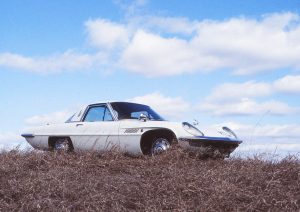
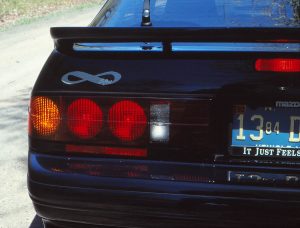
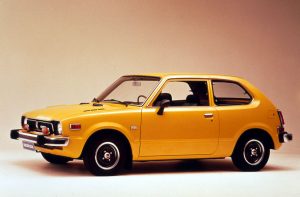
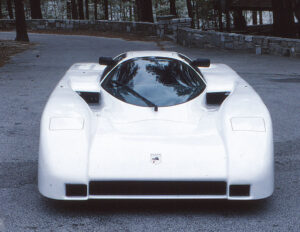
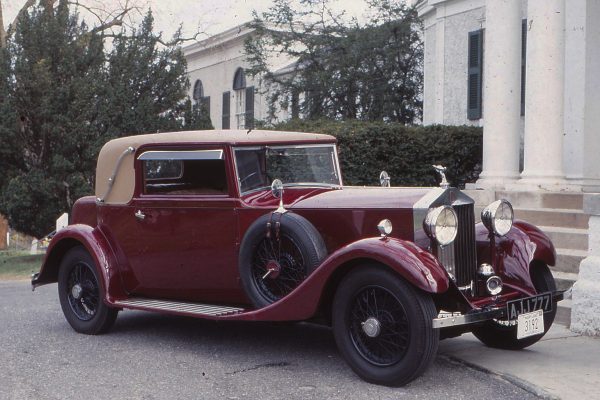
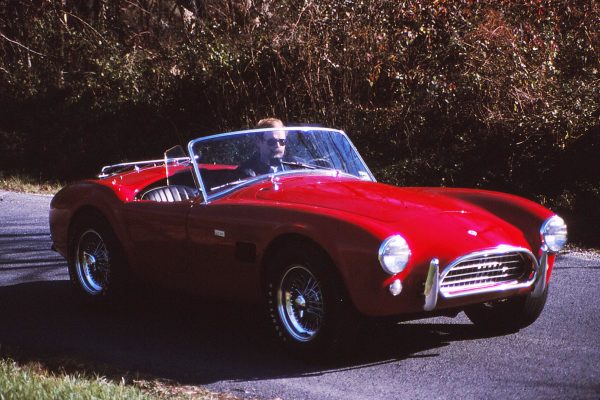
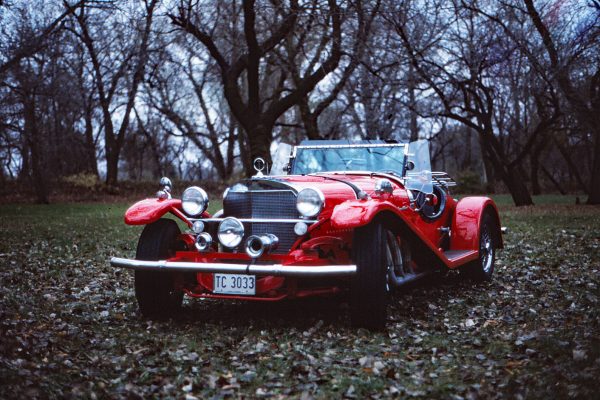
First, you were able to drive one car I have lusted after for years, and unfortunately never have driven. Second, I came very close to buying George Babbage’s Ro80, but — with the lockdown, need for vaccinations, etc., could not get it from Ottawa to Detroit. Or, more correctly, I could not get the car, the spare engine (NSU) and transmission, rear glass and five boxes of spares from there to here. Car carriers would not move the car out of his garage — or the spares — and I wasn’t about to leave any of that behind as George was selling his house at age 93. (I should have thought of asking the freedom truckers while they were protesting in Ottawa, but…) Third, the K70 did make it into showrooms, but a year later than planned and as a Volkswagen K70.
Had NSU done more around-town and mixed driving testing (most was done at autobahn speeds), it might have discovered the tip seal problem earlier and been able to fix it. Then we might have seen the planned Ro70 (an upscale K70 with a rotary engine), and the three-rotor engine that later turned up under the hoods of a few Audi 100 test vehicles.
And, just to be a compete pedant, the designer of the Ro80, Claus Luthe, also designed the Audi 50, the interior of the Audi 100, and — after leaving for BMW — the E28 5 Series, E30 3 Series, E32 7 Series, and — another favorite of mine — the gorgeous E31 8 Series coupe. He followed that up with overseeing the E36 3 Series. Unfortunately, Luthe fatally stabbed his drug-addicted eldest son after a Good Friday 1990 argument that saw him sentenced to 33 months in prison; a penalty that was lifted before he served the whole term. He ended his design career as a consultant for BMW, before dying in 2008.